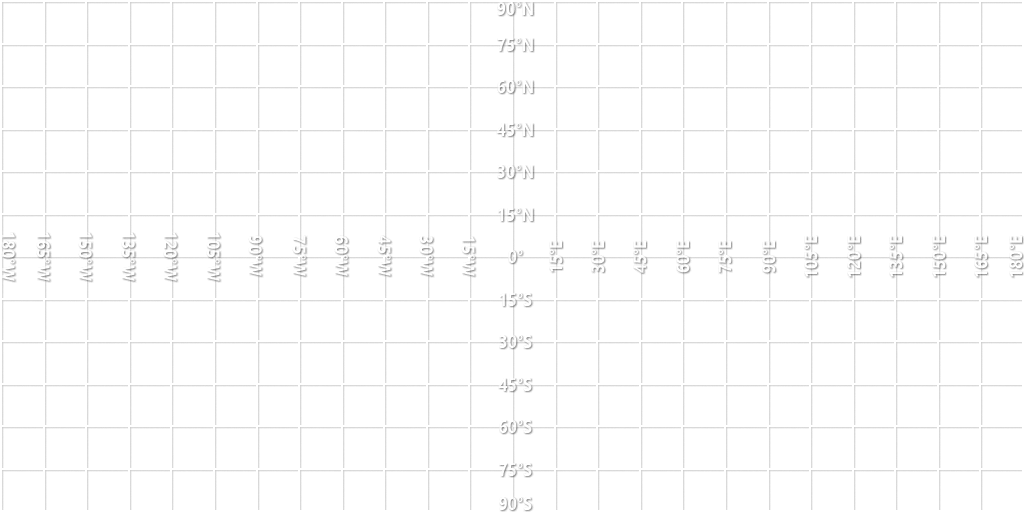Kepler-7b
Scorched Gas Giant
On July 4, 2016, NASA’s Juno spacecraft entered Jupiter’s orbit to study the king of our solar system. But Jupiter is puny compared to some of the exotic exo-Jupiters found in our galaxy, likely to number in the billions. More than 3,000 light-years away floats Kepler-7b, a gas giant 60 percent larger than Jupiter, but half Jupiter’s mass. That means Kepler-7b has roughly the same density as Styrofoam. If you found a bathtub big enough, Kepler-7b could float. This monster is also more than 12 times hotter than Jupiter, placing it among the exoplanets known as “hot Jupiters.” It orbits its huge star so closely – in a scorching five days – that it is tidally locked like Earth's Moon. One side roasts by day, the other is permanently shrouded in darkness.
Kepler-7b was also the first exoplanet to have its clouds mapped, produced using data from NASA's Kepler and Spitzer telescopes. Its cloud map revealed weather patterns that can conduct superheated air from the roasting front of the planet to warm the side in endless freezing night. NASA’s Juno’s mission could also teach us more about hot Jupiters and the giants in our galaxy.
GENERAL INFO
- Created On: iOS
- Game Version: 1.1.108.2
CHARACTERISTICS
- Radius: 22,734 km
- Sea Level: None
- Surface Gravity: 4.3 m/s
- Rotational Period: 5d 20h
- Escape Velocity: 14.01 km/s
- Mass: 3.34E+25kg
Atmosphere
- Height: 4,433 km
- Scale Height: 642 km
- Surface Air Density: 0.160 kg/m3
- Surface Temperature: 1,000 K
EQUIRECTANGULAR MAP

No Comments
1 Upvote
Log in in to upvote this post.

